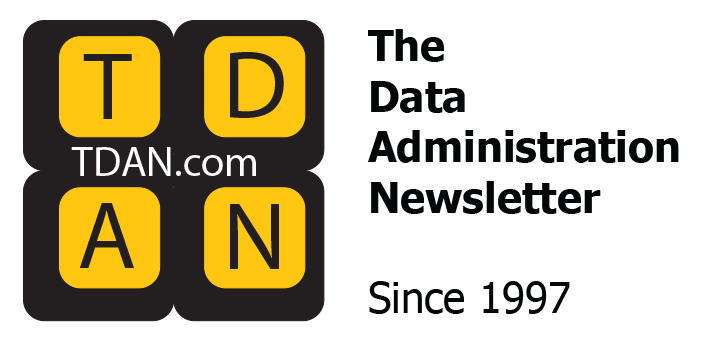
If you read trade or industry journals or business publications, you have probably noticed that the subject of the citizen data scientist is fraught with controversy. While Gartner and other technology research firms have predicted the growth of this movement and its success, there are those who believe that the concept of citizen data scientists is just a lot of buzz and that it cannot succeed.
One is left to wonder how and why this controversy arose and whether the pursuit of Citizen Data Scientists is a worthy cause. A recent article by a Gartner analyst explains the issue well: ‘The biggest struggle organizations face is the lack of clarity of responsibilities of a citizen data scientist. This vagueness creates hostilities among expert and citizen roles and impedes healthy collaboration and communication.”
The truth of the matter is this: If you believe, as most technology analysts and professionals do, that the introduction of citizen data scientists within a business organization can reap many benefits, then you will want to plan for this initiative carefully in order to succeed. Those naysayers who believe that business users in the analytics world cannot succeed will typically point to failures and disasters in programs as proof that the average business user cannot add value or get value from analytics on their own. But the truth of the matter is that these failures result from one of the oldest issues in the technology world: lack of planning and poor execution.
Appropriate planning and execution must include:
- Establishing a team to plan and manage the initiative: Successful technology and business process changes do not just happen on their own. They takeplanning. Provide the appropriate resources to review existing technologies and workflow and to address concerns at the team, management, IT, and the executive level. Establish a plan and adjust for continuous improvement as you discover additional issues or concerns. Be sure to include representatives from various departments and functions to provide a comprehensive picture of the various challenges and opportunities you will encounter.
- Involvement of business users, data scientists, and IT: Do not just announce and force an initiative on the team. Discuss concerns with business users to anticipate and address the things they will need in the way of training, technology, mentoring, etc. Engage IT to help you find opportunities for daily use and establish boundaries with data scientists and business analysts to decide how and when business users will collaborate with IT and data scientists to refine analytics for strategic purposes.
- Adjusting team assignments, workflow, and evaluations: If you are changing the tasks and responsibilities of team members, you must review and adjust workflow and business processes, as well as how you evaluate your team members. Reward the use of analytics in decision-making and in presenting solutions and recommendations in staff meetings. Assign champions and power users to give advice and assistance as business users get up to speed on the use of analytics.
These are just a few of the factors you must address in planning and executing your citizen data scientist initiative. Consider engaging an expert in augmented analytics and business intelligence when rolling out the citizen data scientist approach within your business.
